As a building material, wood is versatile, robust and sustainable. Modern and innovative technology in timber construction has opened up many new forms of design that are in demand in modern architecture.
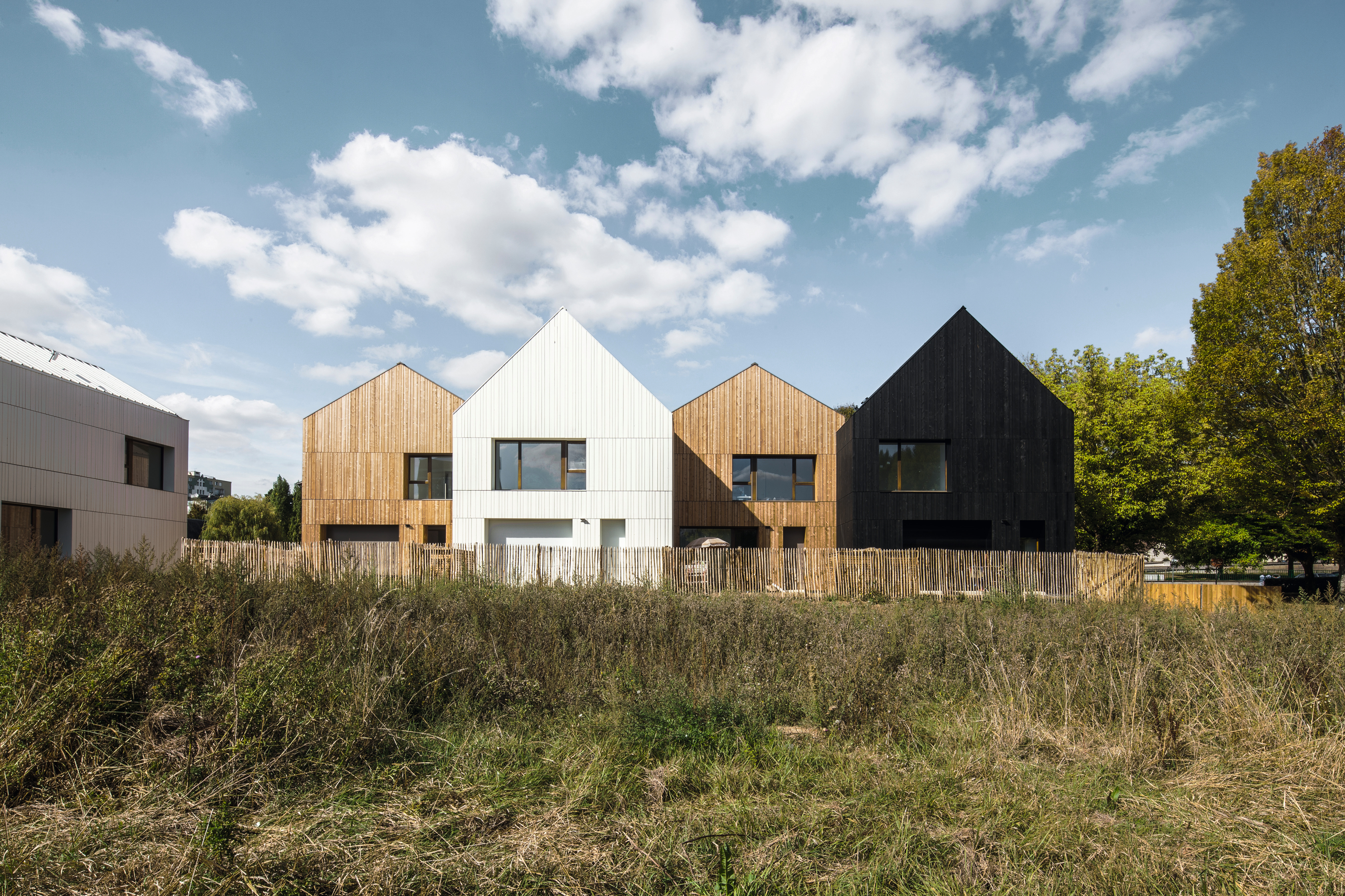
TIMBER CONSTRUCTION IS MORE THAN JUST CREATING A WOODEN FACADE
You think that all wooden houses look the same? Nothing could be further from the truth! The exteriors of timber-framed houses come in various designs. If you want to express your playful nature, render the exterior in colour. Or if you’re of a more retiring nature, natural larch or spruce offer a sophisticated finish. You can also ‘mix and match’ modern solutions such as composite cement boards, compact panels, clinker bricks and metal facades.
Parisian architects, NZI built 13 houses for a social housing project using timber-frame construction. The various façades and eaves make a striking statement. © Juan Sepulveda Grazioli
NATURAL, RENEWABLE, SUSTAINABLE
While other building materials are becoming scarcer, wood continues to self-renew. You can’t go anywhere in Germany without seeing trees. However, sustainable management is essential in protecting these forests from devastation and destruction. This is why at EGGER, we only use wood fromsustainably managed forests. In addition to this, using wood or wood-based materials for construction ensures the long-term retention of CO2 . One felled tree creates space for new trees to be planted and in turn these trees extract carbon dioxide from the air. The CO2 is only released back into the atmosphere when the wood is burned, and the CO2 cycle continues.
Wood absorbs harmful CO2 emissions from the atmosphere and stores it as carbon. Our 1m³ OSB boards bind 931 kg of CO2. © ooyoo / Getty Images

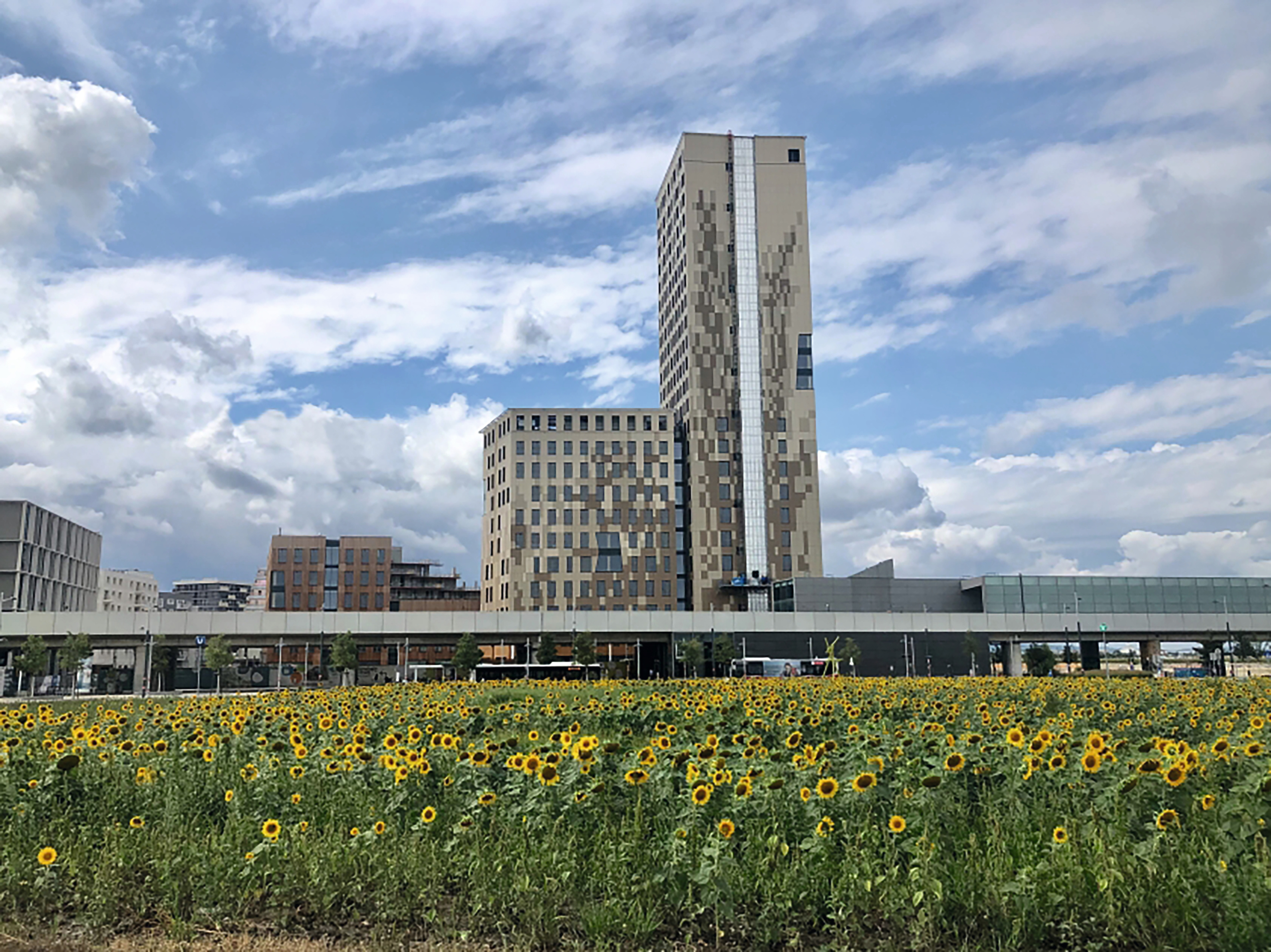
ON AVERAGE, ITS MASS MEANS WOOD CAN BEAR 14 TIMES MORE WEIGHT THAN STEEL
Wood has excellent static properties and is able to withstand extreme temperature fluctuations, weather and moisture. These properties are perfectly demonstrated in some of the oldest buildings in the world – wooden houses. Not only is wood stable and durable, it also has a high load-bearing capacity at relatively low weight. It is for this reason that an increasing number of multi-storey residential buildings are being built with timber frames – like the“HoHo” in Vienna which is, with 24 storeys, the largest wooden building in the world. Wooden constructions are able to better withstand earthquakes than their concrete counterparts as has been proven by several scientific experiments on multi-storey residential buildings. Japanese earthquake zones are particularly set on timber construction.
The HoHo project in Vienna trusts in the innate qualities of wood. Not only is it atmospheric, it has many natural benefits as a building material. © cetus Baudevelopment GmbH
NO MORE TEMPERATURE FLUCTUATIONS
Energy-efficient constructions is becoming an ever-increasing important topic. Wood excels in this field too thanks to its excellent insulation properties and naturally low thermal conductivity. Well-insulated wooden structures can massively reduce the need for additional heating in winter and also provides welcome respite from summer heat.
As a thermal insulation material, wood is slow to respond to external temperature fluctuations and has a positive effect
on the indoor climate. In an airtight design however, controlled ventilation is absolutely necessary to reduce excess humidity, improve the air quality and create the perfect indoor climate.
Temperature fluctuations can be very uncomfortable. Wood provides pleasant protection from both hot and cold temperatures.
@ Shutterstock / Stanisic Vladimir

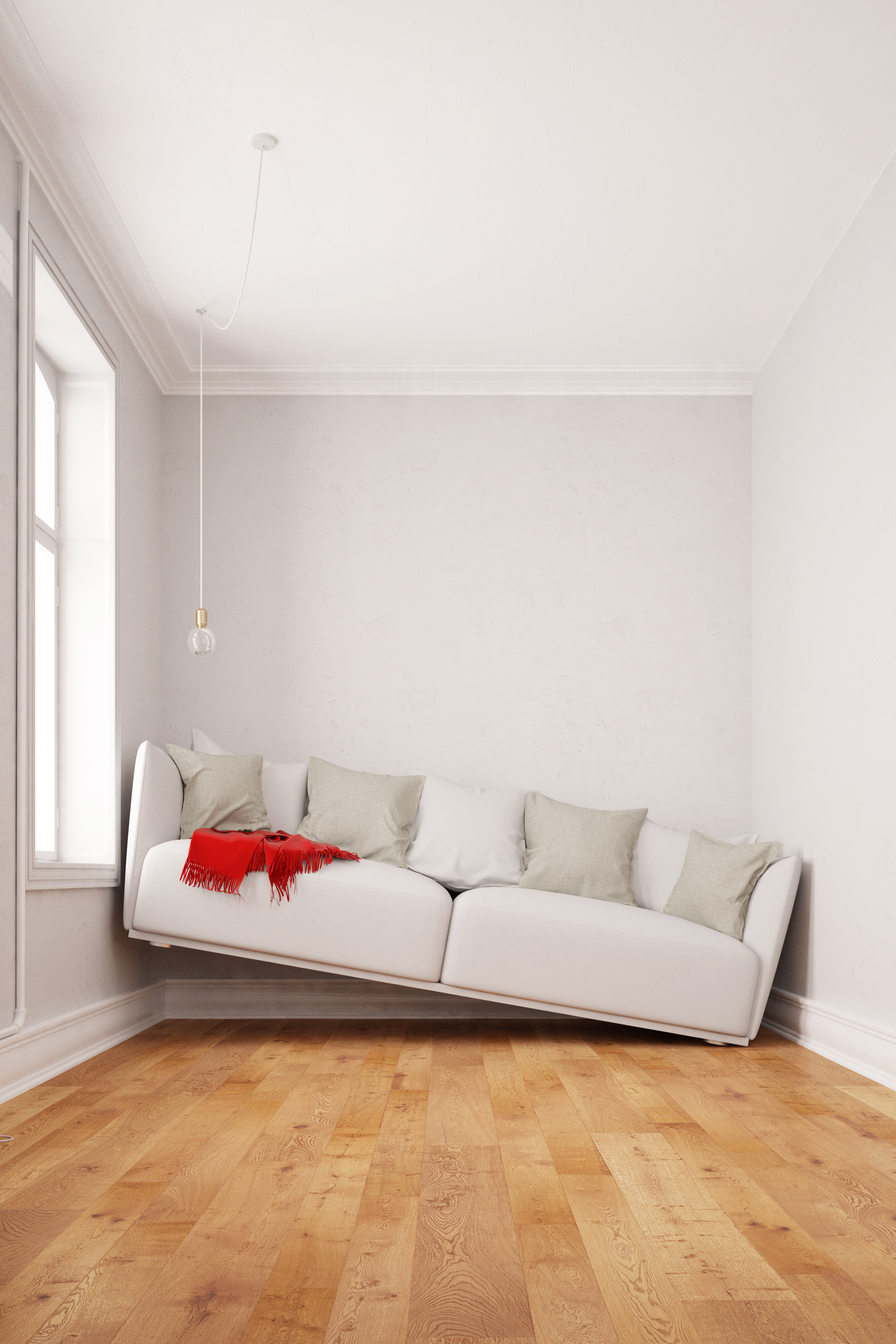
A MIRACLE OF SPACE
You no longer have to forgot your own hobby room, walk-in wardrobe or cosy snug. Slimline wooden buildings provide approx. 10% more interior space with the same external dimensions as other construction materials. The excellent insulating properties of wooden frame walls achieve the same U-value with thinner walls. Take, for example, a house with a low-energy standard. A brick building requires a wall thickness of approx. 50 cm. By contrast, a timber frame construction needs only 37 cm for the same U-value.
Creating space with wood. The insulating properties of wood mean thinner walls are just as energy-efficient.
@ Shutterstock / Robert Kneschke
EASIER PREFABRICATION AND BETTER COST MANAGEMENT
In contrast to solid buildings, dry-timber houses are much quicker to erect as the majority of drying times are reduced or replaced. The components are planned in advance in detail and manufactured in the production hall. The prefabrication isn’t affected by rain, wind or snow, so construction staff can work undisturbed and with the utmost precision. Once complete, the elements are transported to the construction site where they are assembled and completed – essentially meaning a detached house can be built in just one day, rain or shine. Another benefit of prefabrication iseffective cost management . For prefabricated houses, a fixed price and the precise scope of services are pre-defined before building even starts.
Detailed planning and prefabrication resulted in the construction of the Hotel Tirol Lodge in Ellmau was completed in just under a year.
© Rene Paulweber Fotostudio Rene
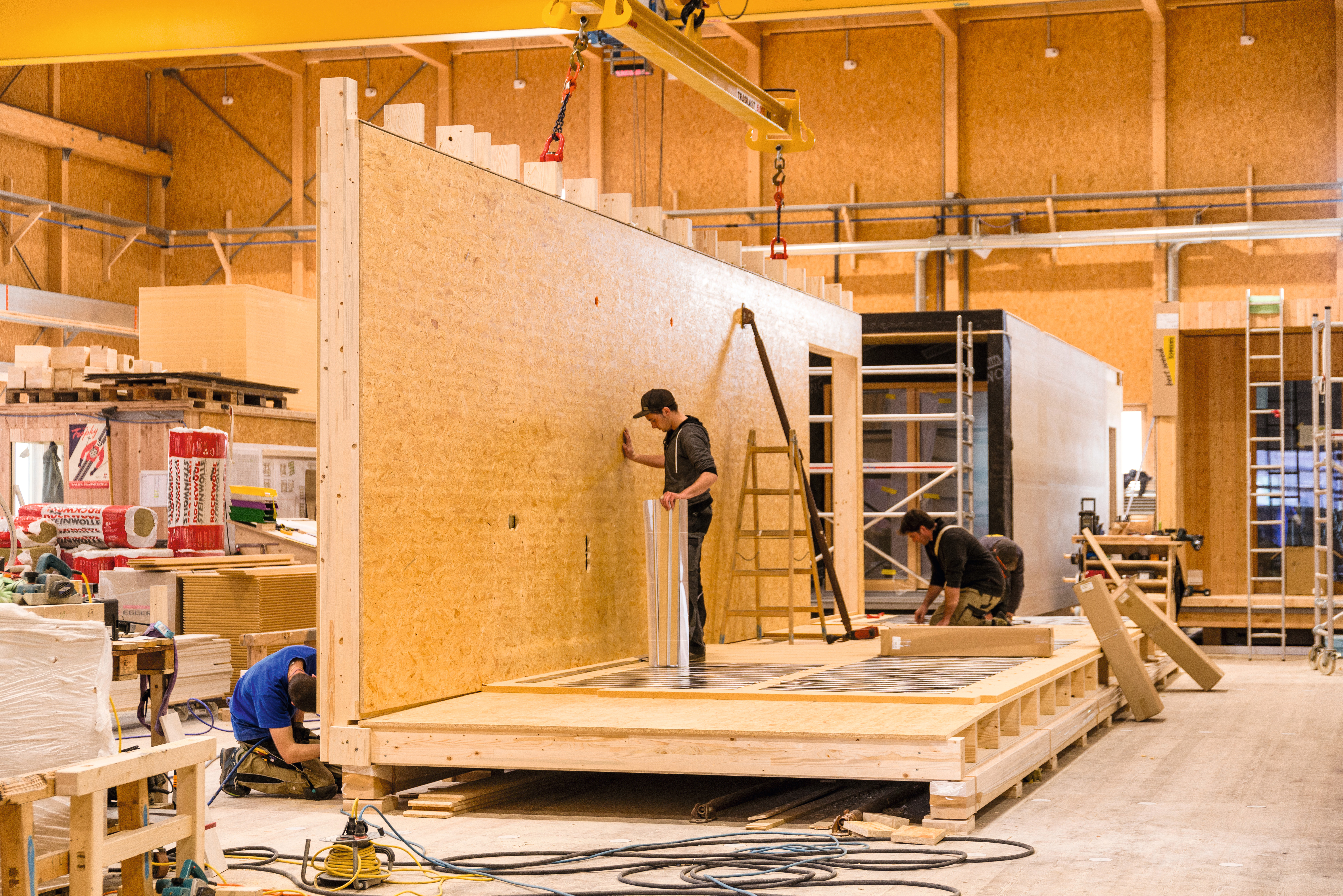
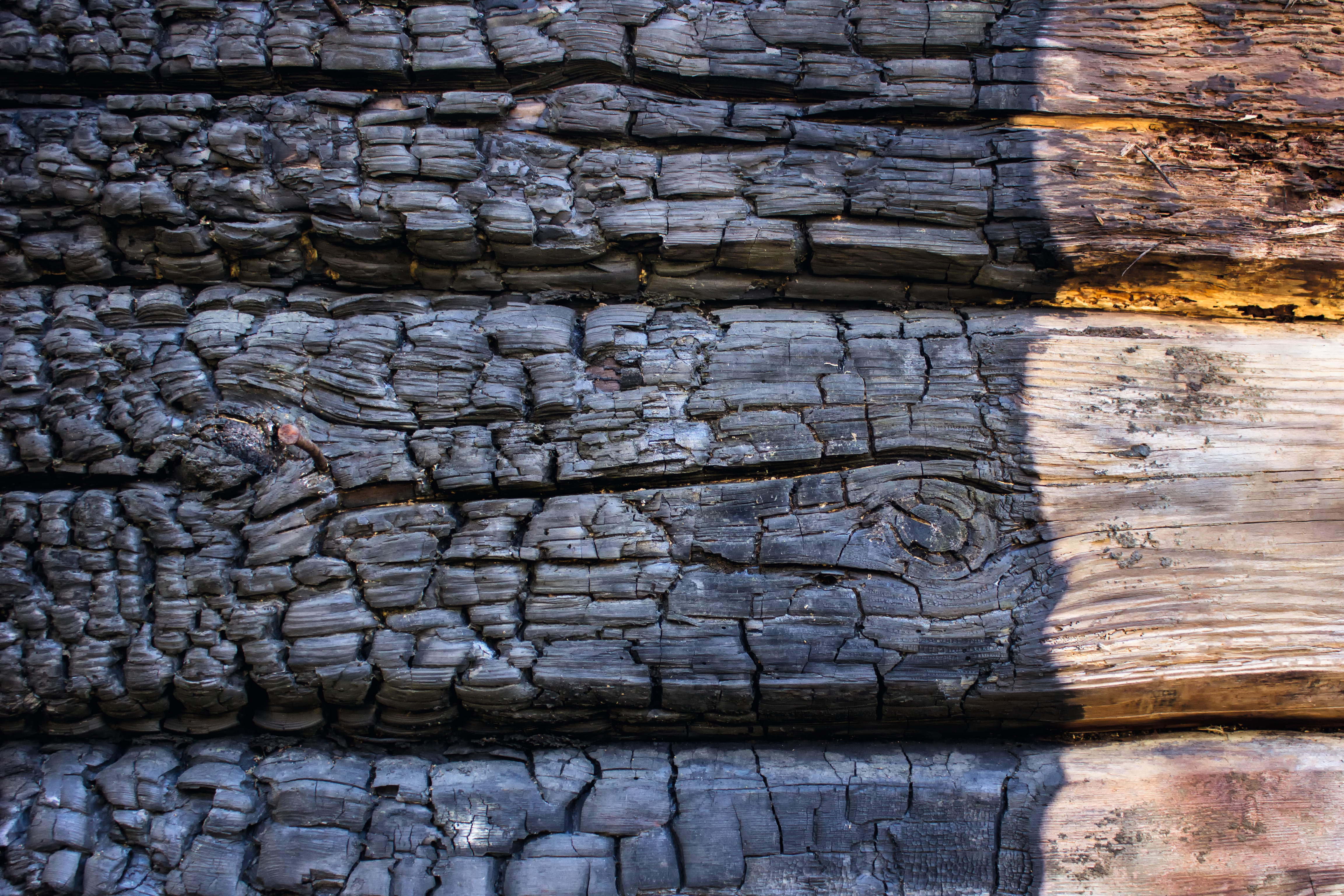
WOOD BURNS MORE SAFELY
We all know wood burns. However, wooden construction methods have, in contrast to other building materials, a calculable and controllable fire behaviour. Wood burns very slowly, creating a charred, protective layer. This can delay the spread of the fire to the inside of the property and the load capacity is maintained for a longer period of time. Of course, as for all buildings, there are official safety regulations that apply to wooden houses, which must be observed. For example, our EGGER OSB 4 TOP fulfils the fire protection standard DIN 4102-4 and can be used as compliant planking in fire protection construction.
When wood burns, a protective layer is created that slows down the spread of the fire. © Getty Images/iStockphoto
A FEEL-GOOD ROOM
In addition to the comforting, cosy atmosphere wood lends to any given room, it has so much more to offer. This natural, raw material helps regulate building humidity by absorbing moisture and then releasing it when the air in the room is too dry. Even on cold days when the temperature outside is low, the insulating properties inherent in wood make the timber walls feel warm, creating a space you can relax in.
Wood creates a comforting and pleasant indoor climate. Studies have even demonstrated wood boasts stress-reducing and heart rate-lowering properties. © Shutterstock / polinaloves

Are you interested in EGGER products for your timber construction project?
Find a distributor in your area.
